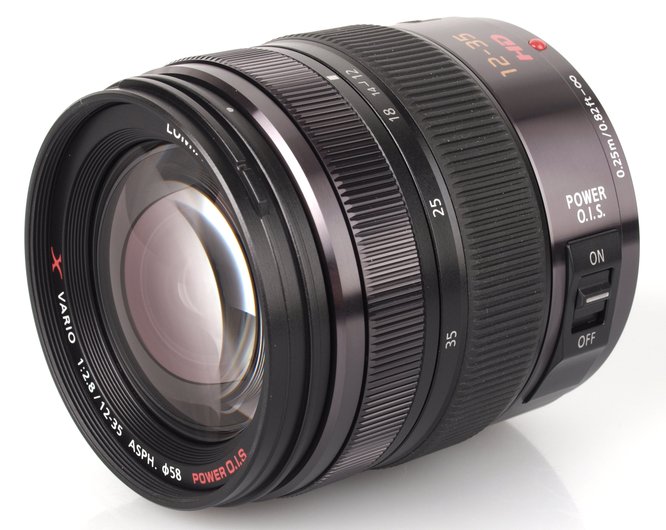

This was addressed a number of "economy" lenses, starting from the 14-45 and 40-150 mm zooms. With the introduction of more E-System models, aimed at enthusiast amateur market, there arose a need for less expensive lenses. The company delivered three lenses with the E-1, and more followed at a steady and consistent pace.
#FOUR THIRDS SYSTEM LENS SERIES#
The Zuiko line for their legendary OM SLR series of 30 years ago were top performers. Upon introduction of the E-1 back in 2003, Olympus faced an ambitious task of coming up with not just the first digital, interchangeable-lens SLR designed from ground up as such (and not adapted from a film model), but also with a variety of lenses, designed to work well (mechanically, electronically, and optically) with the new body, and addressed at various layers of the market. The lower tiers (E-M5 and E-M10), now also in the Mark II generation, do not have it (neither do Panasonic μFT cameras).
#FOUR THIRDS SYSTEM LENS UPDATE#
Update of 2017: So far only the pro-level line of OM-D, the E-M1, is capable of this dual-mode AF: the recent Mark II model retains (and possibly improves) this feature. Let us hope the new sensor will be retained in the μFT cameras to come. As a result, all FT lenses behave much better - I was able to verify it on lenses ranging back to 2004. This camera re-assigns some of the green photosites on the sensor to phase-detection AF. This has improved with the recent introduction of the Olympus OM-D E-M1. For these lenses on μFT bodies, the AF performance was "sort of satisfactory". Until recently, however, the autofocus functionality of FT lenses on μFT cameras was crippled: most lenses would autofocus sluggishly and not precisely, except for those specifically designed to work with contrast-detection (Live View) focusing marked in the list as "CD". Secondly, the growing population of Micro Four Thirds EVF cameras accepts Four Thirds lenses via an adapter. Still, many users are happy with results they are getting from the E-5, E-30, or E-620, and there may be still some demand for the Four Thirds line of lenses. Update of 2013: Looks like the Four Thirds line of cameras is dead for good. If you are looking for Micro Four Thirds (non-SLR) lenses - see another list. This is an annotated list of lenses and lens accessories available for the Olympus E-System and, in general, Four Thirds cameras.


 0 kommentar(er)
0 kommentar(er)
